A Taste of Honey!
As we move into the flowering season of the ivy tree (Schefflera heptaphylla), a common species native to Hong Kong, we can hear the buzzing of numerous nectar-craving insects.
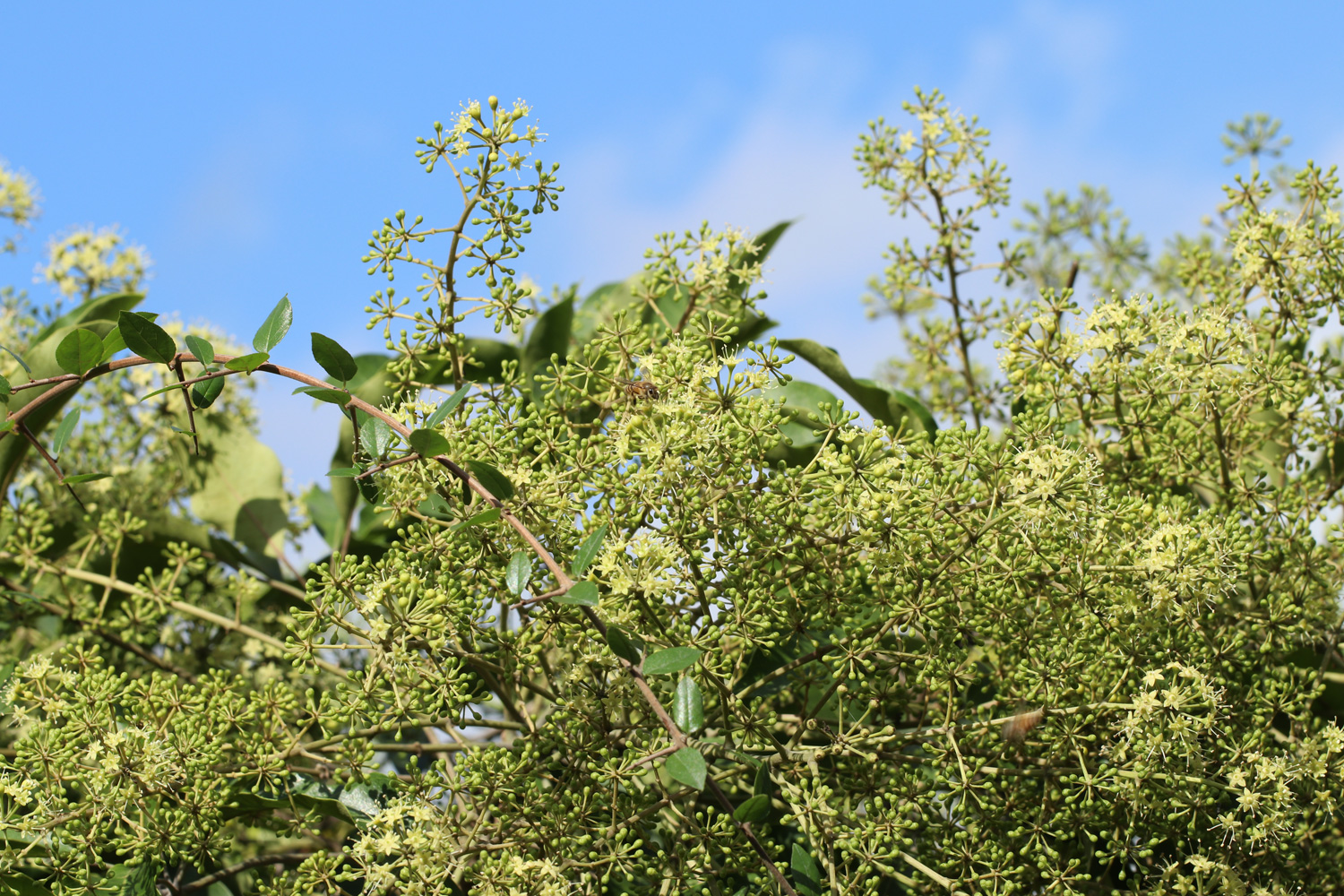
Ivy Treein bloom at KFBG
|
Ivy tree is a common sight in the Hong Kong countryside. With its cartwheel-like leaves, it is one of the easiest trees to recognise, even when not in bloom. That this highly adaptable species – we have seen it growing out of cracks in concrete walls! – is so widespread is testament to the attractiveness of its berries to birds, which duly disperse the seeds far and wide. But its abundance is also a reflection of the fact young plants can flower and fruit when still less than 2 m tall, even though adults can grow up to 20 m in height. Humans have taken advantage of this prolific tree in numerous ways. Its soft and easily worked wood has traditionally been made into steamers, matchsticks and sieve buckets, as well as to cultivate edible mushrooms. Meanwhile, its bark is one of the ingredients of the Guangdong herbal tea ‘Twenty-Four Flavours’. One of the deep privileges of working with native plants is witnessing the ways in which they support all other forms of life. Every time I see S. heptaphylla, I’m hopeful of an encounter with a curious creature. The Pale Awlet butterfly (Bibasis gomata), is a small skipper that is dressed in flamboyant broad pinstripes and bright orange underwear. It prefers to lay its eggs on certain plants in the Ivy family (Aralioidae). In Hong Kong, its meal of choice is ivy tree. Despite its striking appearance, I have rarely seen this crepuscular creature, as it is active during the twilight hours. Its similarly dressed caterpillar is even more elusive. The larvae of skipper butterflies (Hesperidae) have a habit of constructing their own canteen, cutting and folding a flap of leaf over themselves and gluing the seam with woven silk threads. When it does poke its head out of the shelter to eat, it exposes a bright orange head capsule, spotted just like a ladybird, that is toxic and distasteful to birds. |
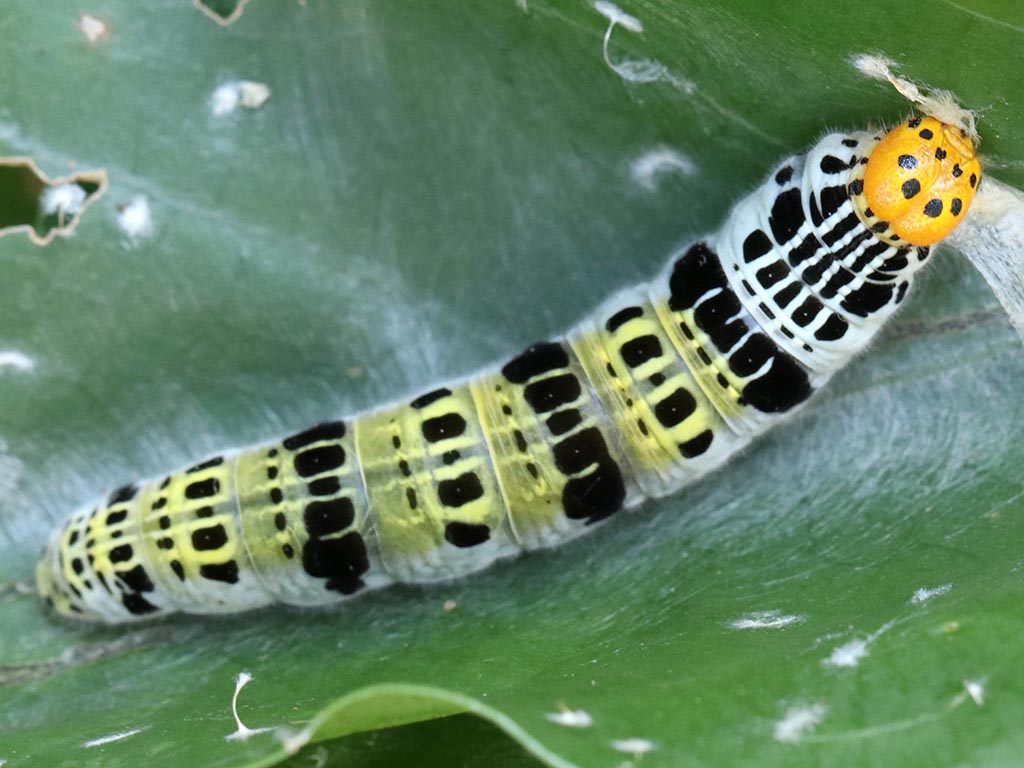
|
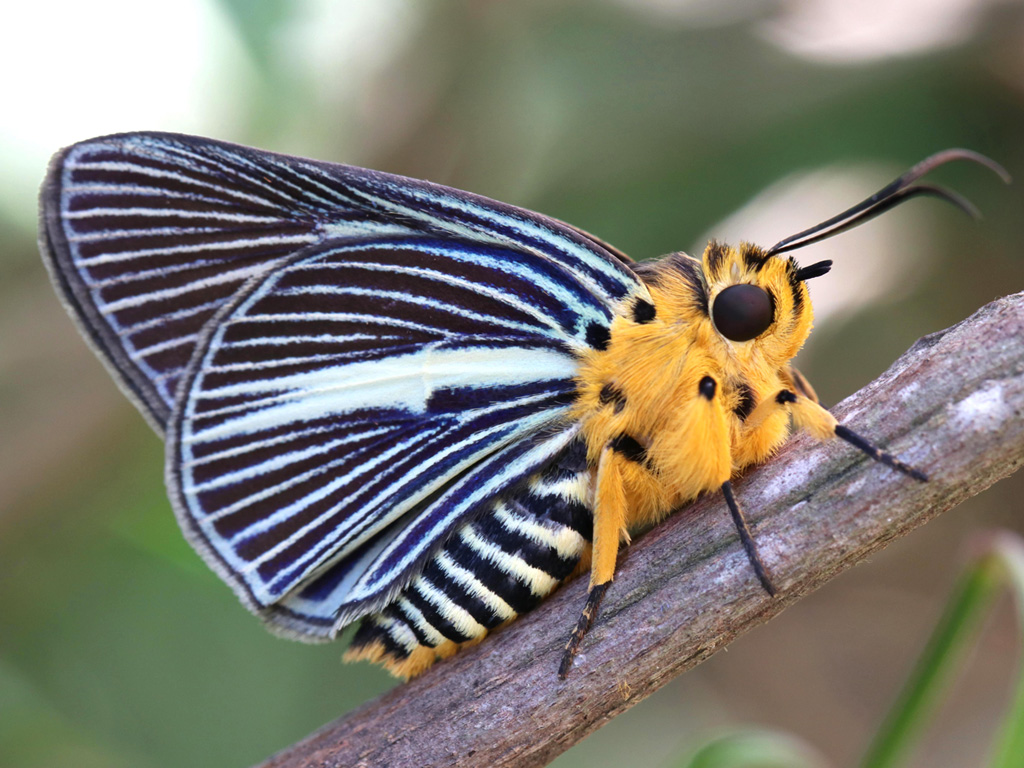
|
Ivy tree is also an occasional host to an even more ostentatious creature, one of the largest moth species in the world – the Atlas moth (Attacus atlas). Everything about this moth is purely fascinating. They have a wingspan that stretches up to 27 centimetres across and even their caterpillars can reach up to 12 cm in length. To get to that size, the caterpillars seem to spend almost every second eating, pausing only to digest and to shed their skin. However, once they have emerged from their cocoon as adults, they stop feeding entirely. Though they have a proboscis, which other moths use to feed, theirs are tiny and do not function properly. Stripped of the ability to feed, they live only one to two weeks before they exhaust their energy to power those huge wings.
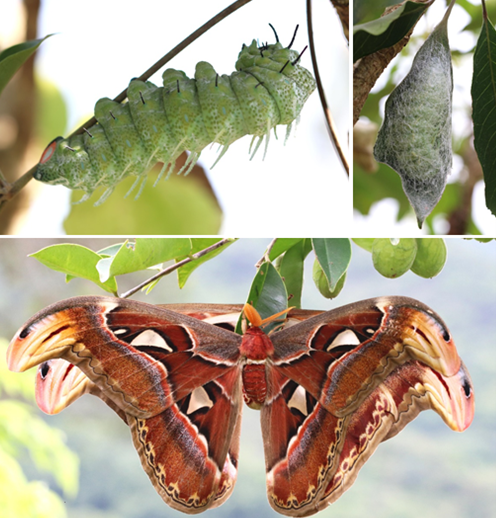
The ‘ivy tree’ is perhaps best known in Hong Kong for its association with an insect that works the day shift, as a key ingredient in the production of ‘winter honey’. The Asiatic honeybee (Apis cerana), does not hibernate like many other bees do. Forager bees will be out and about all winter, searching for nectar to fill their stomachs, where an enzyme called glucose oxidase will help break down their sugary diet to produce honey. Whilst the ivy tree’s importance as a nectar source is undeniable, the more winter-flowering native plant species we plant back into the landscape at KFBG, the more it seems that there are many other unsung heroes in winter honey production.
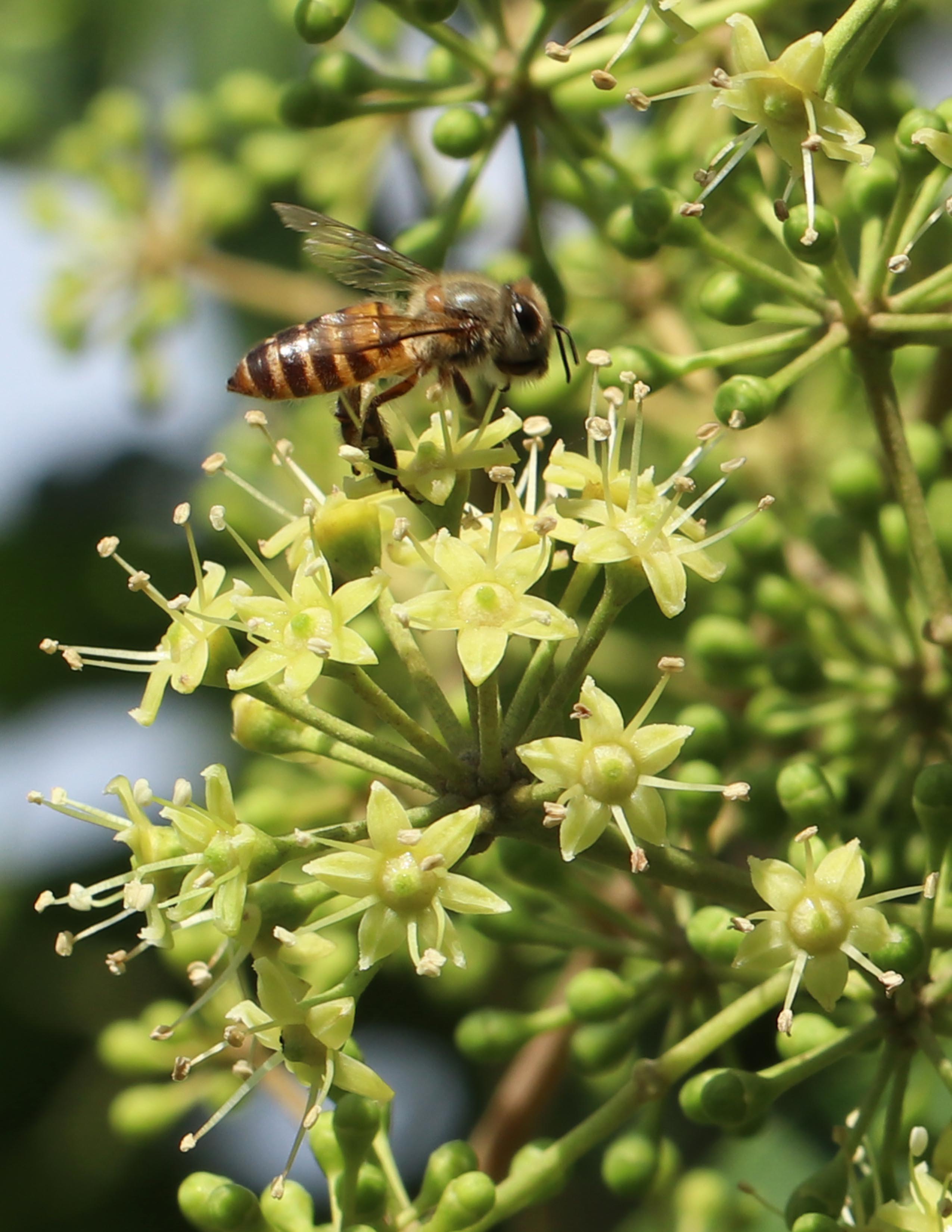 |
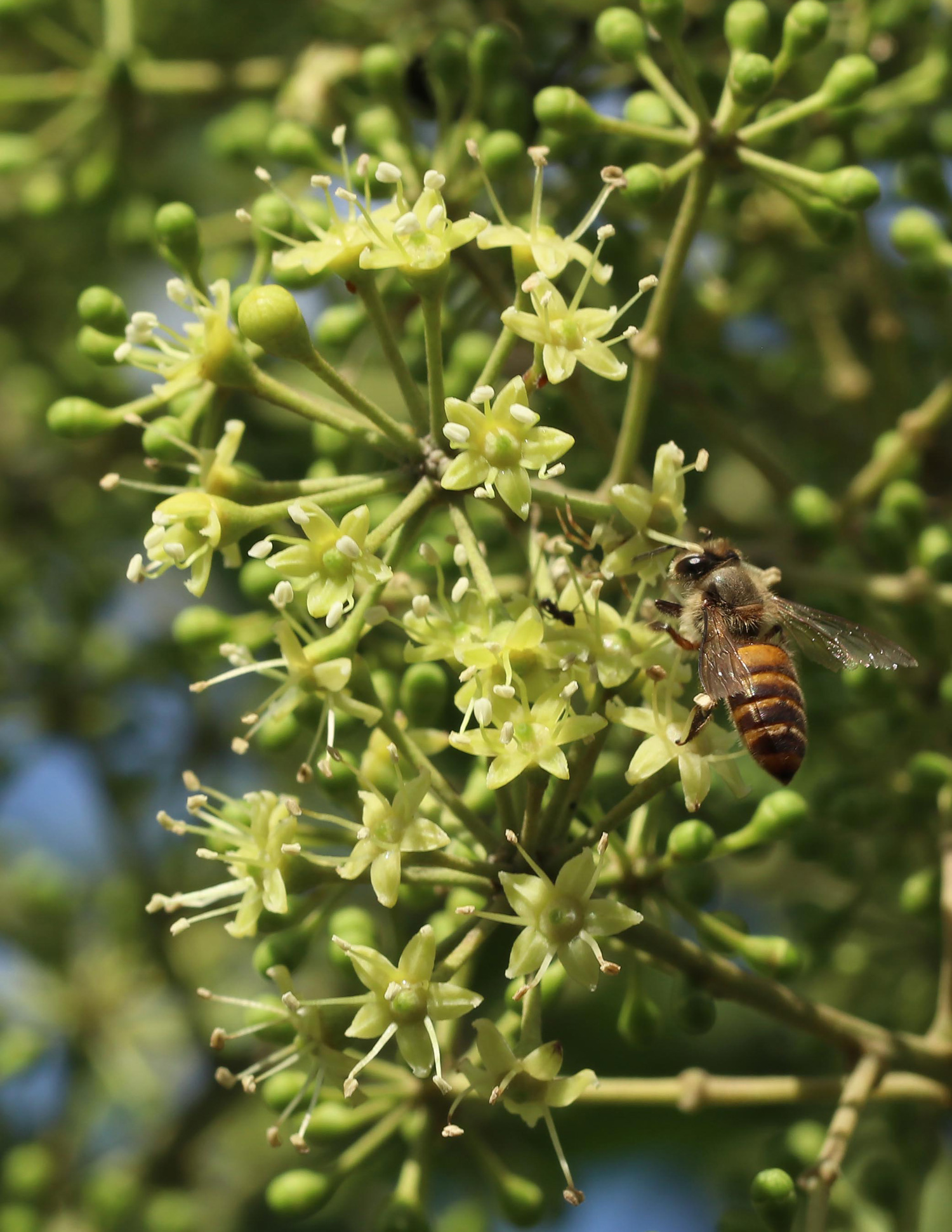
|
The beautiful flowers of most local Camellias also appear at this time of year, all offering bountiful reward to bees and other insects. This season is also the peak blooming time for many local daisies. The flowers of the climbing ragwort (Senecio scandens), indian chrysanthemum (Chrysanthemum indicum), japanese daisy (Aster ageratoides), golden-rod (Solidago decurrens) and leopard plant (Farfugium japonicum) are all frequented by the asiatic honeybee, which busily zoom from bloom to bloom. Whilst none of these species are rare in Hong Kong, they should be a lot more common than they are today, as in many places their niche has been appropriated by exotic invasive species. The violet toothbrush-like inflorescences of the local mint relative Pogostemon auricularius and its cousin Pogostemon championii are also often found humming with bees. The latter is a very rare and protected species in Hong Kong .
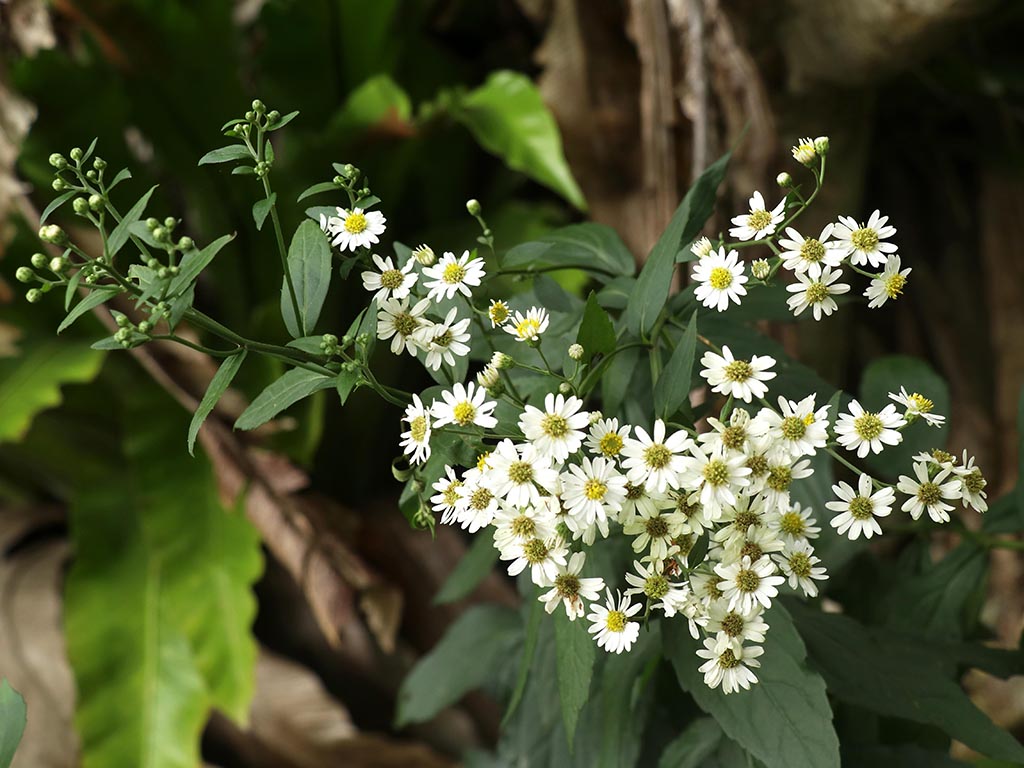
|
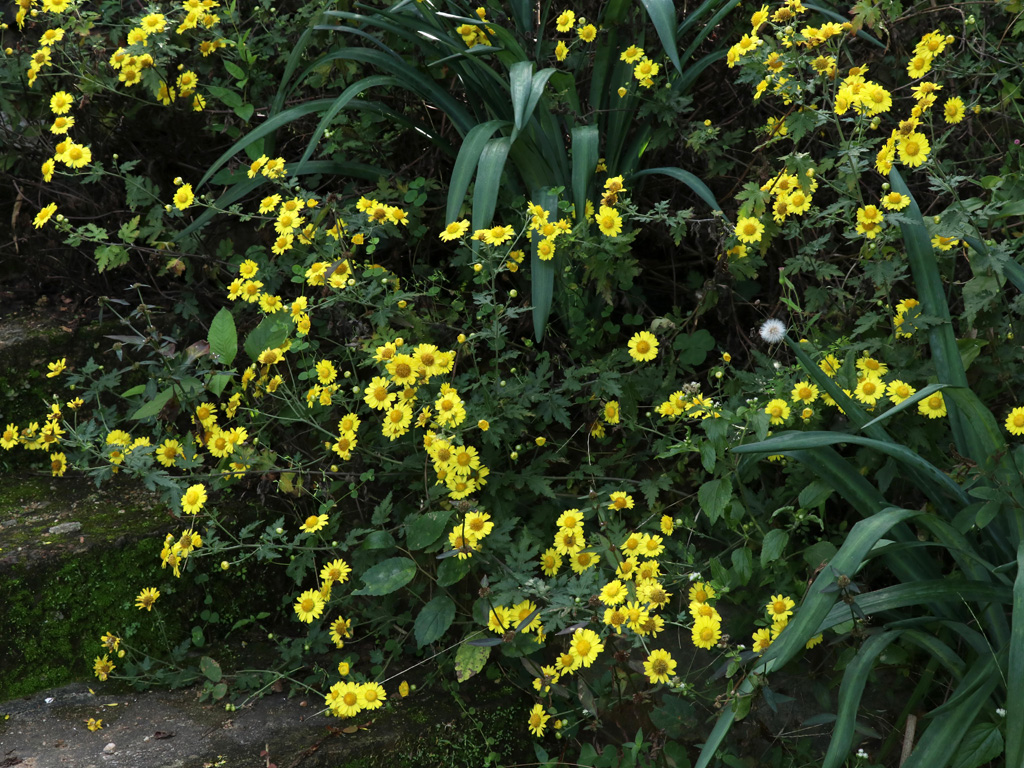
|
Craig Williams (Horticultural Manager)

